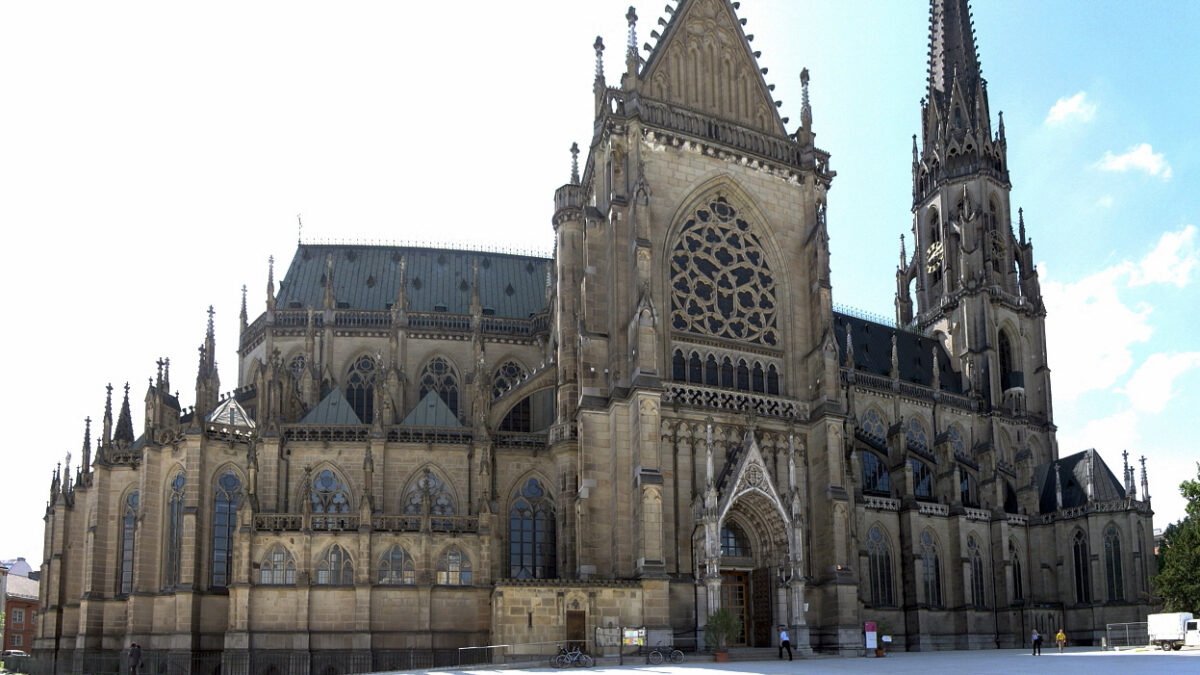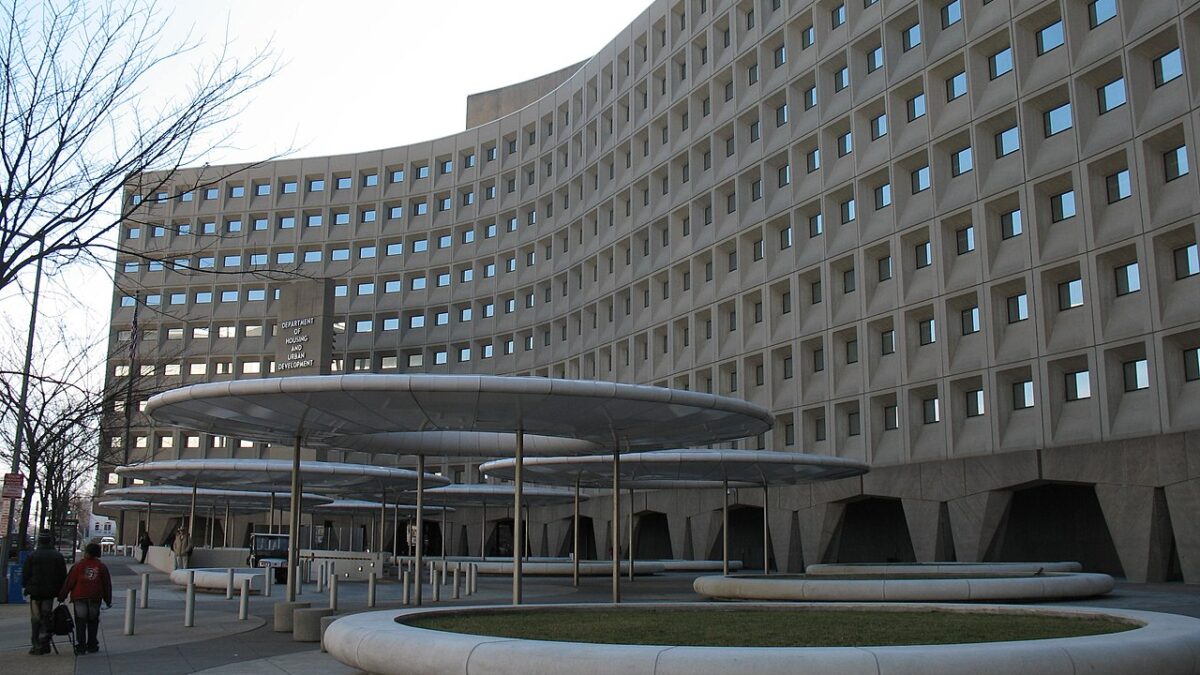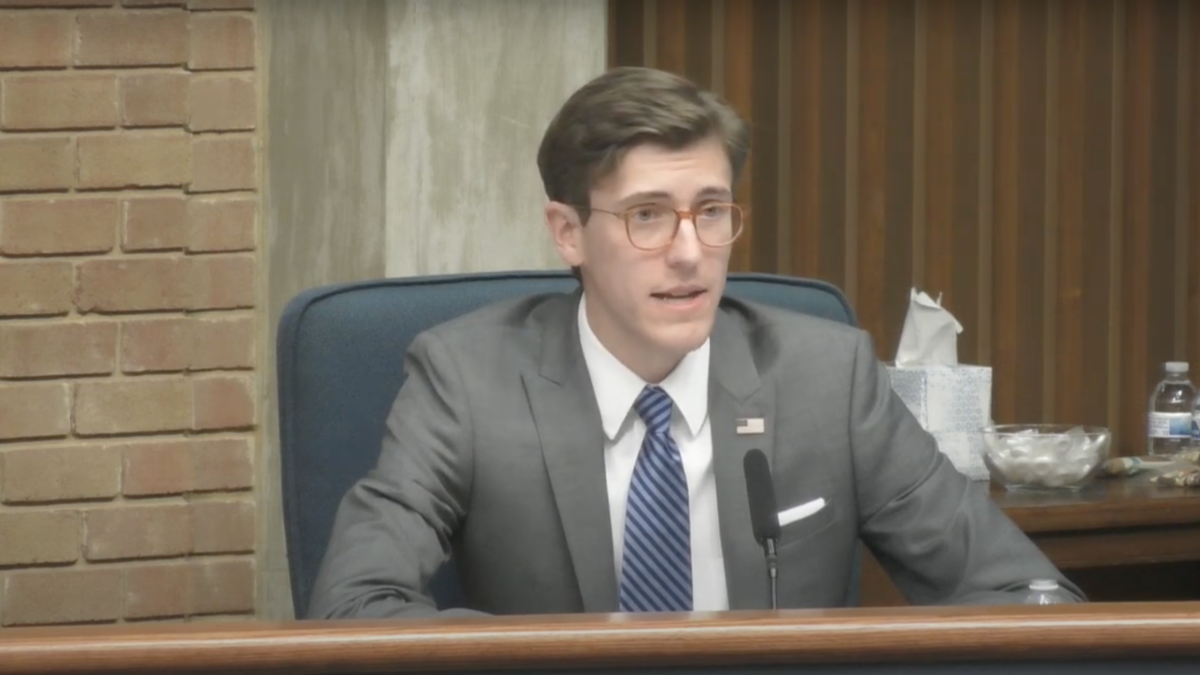Decapitated statues of Mary are not uncommon in European nations culturally enriched by Muslim migration. So the July 1 beheading of the Virgin Mary in the Cathedral of the Immaculate Conception (aka Mariendom) in Linz, Austria, was a welcome detour from a political minefield. It shifted attention from Islam to a less threatening adversary: Catholic traditionalists.
Let me explain.
“Crowning,” a coarsely crafted sculpture of the Virgin Mary in labor, went on display at the cathedral as part of “DonnaStage,” a tangle of events celebrating the 100th anniversary of Mariendom’s consecration. The Linz Diocese, eager to assert its modernity, boasts that Mariendom is “a place to negotiate questions about women’s roles, family images and gender equality.”
A claim to negotiate questions is a ruse for making statements. “Crowning” was a statement-in-effigy of feminist resentments that have generated assaults on taste since the 1960s, at least. There in the cathedral’s great nave, showcased in solitary majesty like Michelangelo’s “Pietà,” was a charmless Virgin. She was nude from the belly down — legs spread and knees akimbo — straining to give birth to baby Jesus. His head is just about to emerge from the birth canal. Hence, the title’s double entendre, a reference to both the last stage of labor and the passion of Jesus.
Fr. Johann Hintermaier, diocesan vicar for education, art, and culture, conceded that the work was intended to “provoke debate.” Piety or porn? Put plainly, it was a calculated finger in the eye to nonprogressive Catholics in an aggressively reformist diocese. One viewer took the bait. He — or she — waived dialogue for definitive judgment. In the spirit of free expression, the anonymous critic hammered off Mary’s head and carried it away to keep it from being put back in place.
Feminists’ Views of Patriarchy
To the arts commentariat, the only offense was the beheading, not the sculpture. Hyperallergic, an influential publication, ran the headline: “How Modern-Day Christian Iconoclasts Lost Their Heads.” An essay deplored the “noxious misogyny” and “zealous embrace of iconoclasm” characteristic of “trad-caths” and evangelical Protestants. Trads are especially dangerous. These “weirdos” prefer Gregorian chant to social justice:
Followers of “traditional Catholicism,” or “tradcaths,” are a post-modern manifestation of the extreme right-wing element that has unfortunately long existed. … Tradcaths are a Trojan horse for the global spread of extremist reactionary politics. They have traded the Magnificat and the Beatitudes for antisemitism, Islamophobia, and fascism.
To the three feminists who collaborated on the sculpture, nothing illustrates the doctrine of the incarnation more clearly than a beaver shot of Mary’s dilated cervix.
Theologian Martina Resch initiated the project. She conceived “Crowning” to correct 20 centuries of sanitized images of Jesus’ birth. Calling it “a very poetic work that shows the natural birth of Jesus,” Resch interpreted the mischief done to it as an act of “brutality toward the female figure,” proxy for trad violence against women.
Co-theorist Esther Strauss is a conceptual artist. (That means one who thinks big but needs the hand of skilled artisans to execute the ideas.) Strauss rationalized Mary’s genital exposure in the name of empowerment. “Most images of the Virgin Mary were made by men and have, therefore, often served patriarchal interests.” She charged critics with seeking to “control women.” With this statue, “Mary gets her body back.” Finally, she is decolonized.
In feminist eyes, this is the first honest depiction of Jesus’ birth. Theresa Limberger, the artist who carved and polychromed the Virgin from Strauss’s design, issued a conventional j’accuse: “The intolerance, backwardness, and lack of enlightenment in the Catholic Church is frightening.” On Facebook, Strauss suggested the statue was a jab at “patriarchy.”
‘Reformulating’ the Traditional
What better symbol of patriarchy than the Catholic episcopate? Luckily, Manfred Scheuer, appointed bishop of Linz by Pope Francis in 2015, is a feminist himself. An advocate of women’s ordination — among other revisions — he favors like-minded priests for assignment to diocesan positions. “Crowning,” then, was the central motif of a lobbying venture — a stalking horse for reform of the magisterium’s restriction of priestly ordination to men. Especially celibate ones.
Linz’s diocesan website looks back fondly to the construction period of the cathedral (1862 – 1924). At the time, tender imaginings of Mary, Jesus, and the holy family were standard stock that “served as a template for traditional role models.” But those models have passed their sell-by date. It is time to move on:
Today, role understanding and family constellations have become more diverse. DonnaStage sees itself as a stage for critically questioning and reformulating traditional ideas.
How can ideas of femininity, masculinity and sexuality be formulated today? What does it take to open up to a global perspective of relational connectedness and responsibility?
This is episcopal newspeak. It rephrases much earlier avant-garde pronouncements, ones that dreamed of overthrowing the spiritual weapons of a dying class. (Then, the bourgeoisie; now its variant, the patriarchy.) The trope has been replayed so often, with wording adjusted to the cultural moment, that we forget how it mimics ideological contests begun even before the 1960s.
A cathedral is the canonical seat — cathedra — of a bishop whose pastoral function is the care of souls, not the political ideologies of the times. It exists to enkindle worship of God. Its ruling bishop is expected to distinguish between doctrine and leftist propaganda.
Resch called the statue “a strong affirmation of God’s incarnation.” A theologian is supposed to know better. “Crowning” focuses on the moment of birth. But the doctrine of the incarnation is about the conception of Jesus. That phrase “born of a virgin” raises no gynecological issues. It is a Christological concept that expresses faith in God’s own act of generation. The doctrine has nothing to say about the physical details of childbirth.
In the end, the question “Art or porn?” was answered inadvertently by all articles shocked — shocked! — by the beheading. All were accompanied by photos of the Virgin from a side angle or the back. Not a single one included a shot taken straight on.
Despite ritual grousing about reactionary Catholic prudery, every commentator and their editors knew porn when they saw it. They dared not bring themselves to say so.







